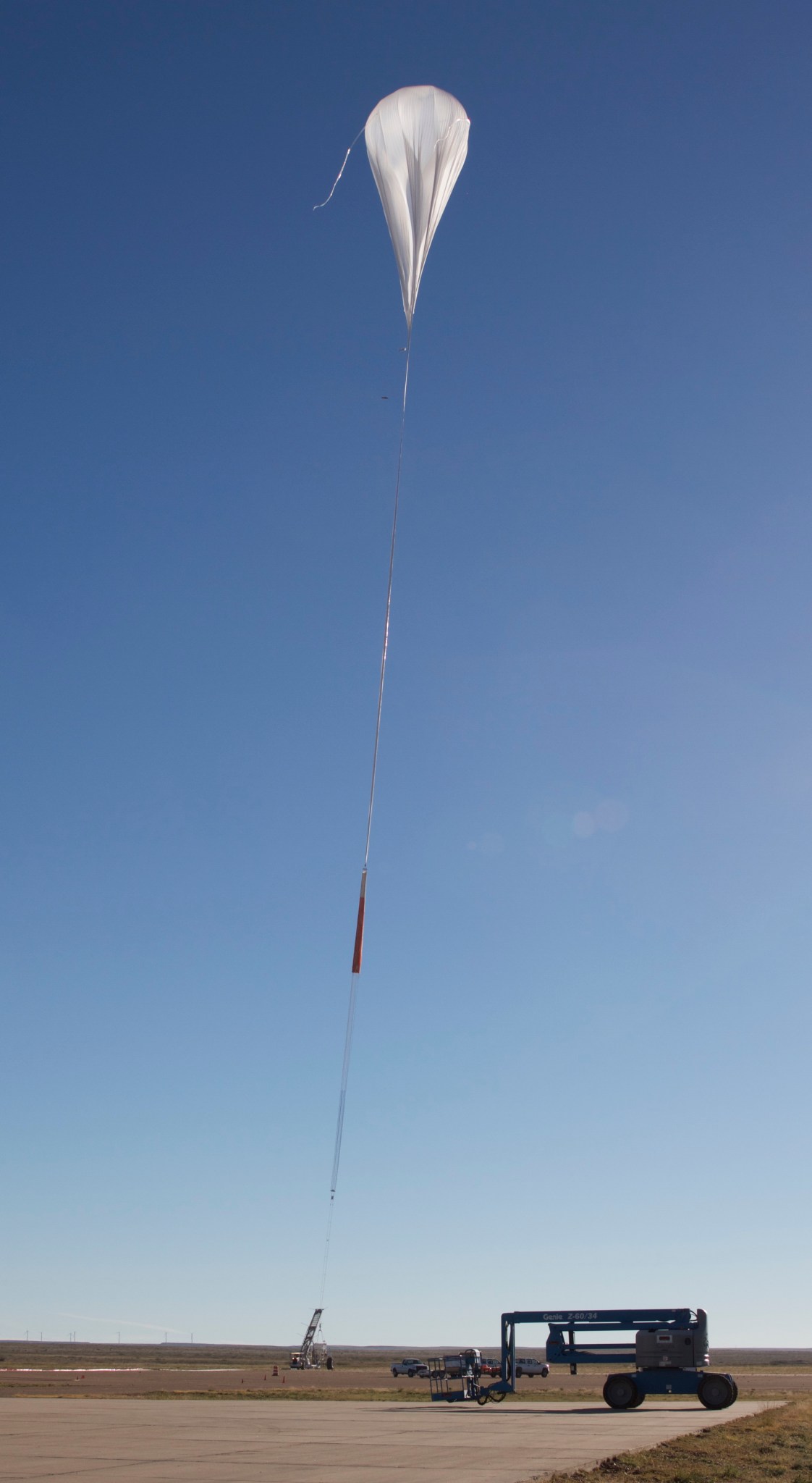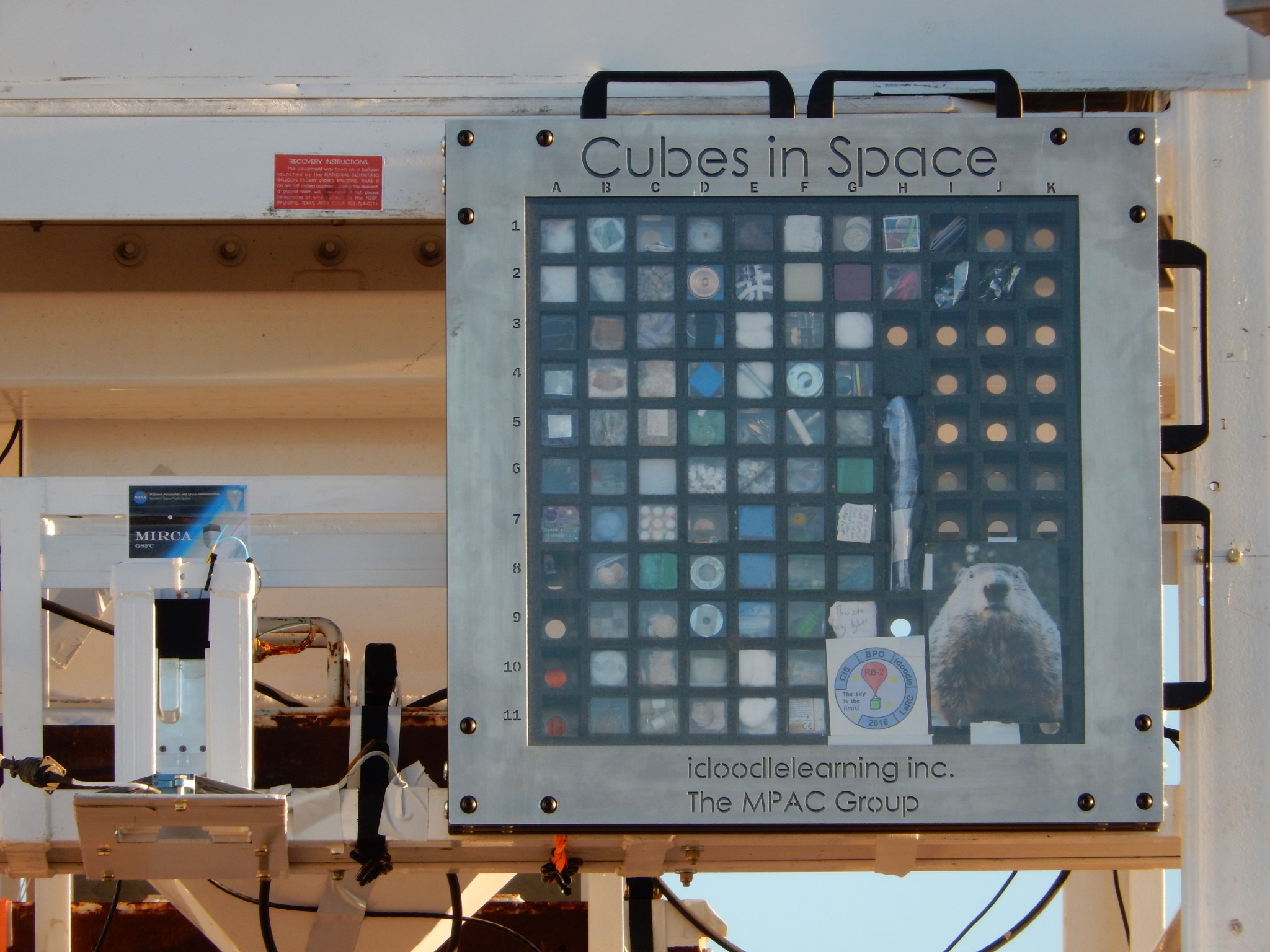Surging to take advantage of near-perfect launch conditions, NASA’s Scientific Balloon Team launched two balloons within 24 hours Sept. 27-28 from the Agency’s launch site at Fort Sumner, New Mexico.
Clear, calm weather paved the way for launching a balloon technology test flight at 8:20 a.m. MDT, Sept. 28, via a 29.47 million-cubic-foot scientific balloon.
Just less than 24 hours earlier, the balloon team launched the Jet Propulsion Laboratory (JPL) Remote payload via a 29.47-million-cubic-foot scientific balloon at 8:28 a.m. MDT, Sept. 27. Technicians successfully completed the JPL Remote mission at 10:28 p.m. MDT, Sept. 27, issuing flight termination commands to safely return the balloon material and payload back to Earth.
“An enormous amount of planning, coordination, and labor goes into every balloon launch,” said Debbie Fairbrother, NASA’s Balloon Program Office chief. “To do two in a day’s time is nothing short of phenomenal work by an incredible team.”
The approximately 3,000-pound balloon technology payload is testing and validating a new balloon film. Also, the flight will test a new solar power system and a new rotator, which is used to orient payloads. Additionally, the test flight gondola is sporting a number of missions of opportunity to include Cubes in Space, which contains dozens of small individual experiments developed by students across the nation aged 11-18.
The 2,225-pound JPL Remote payload is an upper atmosphere research experiment that will help scientists better understand stratospheric chemistry and the stability of the ozone layer.
JPL Remote and the technology test flight were the third and fourth planned missions during the agency’s fall scientific balloon campaign in Fort Sumner. The missions were preceded by the High-Altitude Student Platform launched Sept. 1 and the X-Calibur X-ray telescope, which launched Sept. 17. Only one flight remains: the Primordial Inflation Polarization Explorer (PIPER) payload, which is an astrophysics mission.
NASA’s scientific balloons offer low-cost, near-space access for suspended loads weighing up to 8,000 pounds to conduct technology demonstration tests as well as scientific investigations in fields such as astrophysics, heliophysics and atmospheric research. Depending on the goals and objectives of a specific mission, balloon flight durations can run hours to multiple days or weeks for longer-term exposures and data collection
NASA’s Wallops Flight Facility in Virginia manages the agency’s scientific balloon flight program with 10 to 15 flights each year from launch sites worldwide. Orbital ATK, which operates NASA’s Columbia Scientific Balloon Facility, provides mission planning, engineering services and field operations for NASA’s scientific balloon program. The CSBF team has launched more than 1,700 scientific balloons in the over 35 years of operation.
Anyone may track the progress of NASA’s scientific balloon flights via online tools that provide altitude and speed as well as a map showing the balloon’s real-time location, at: www.csbf.nasa.gov.
For more information on the balloon program, see: https://www.nasa.gov/scientificballoons.


































